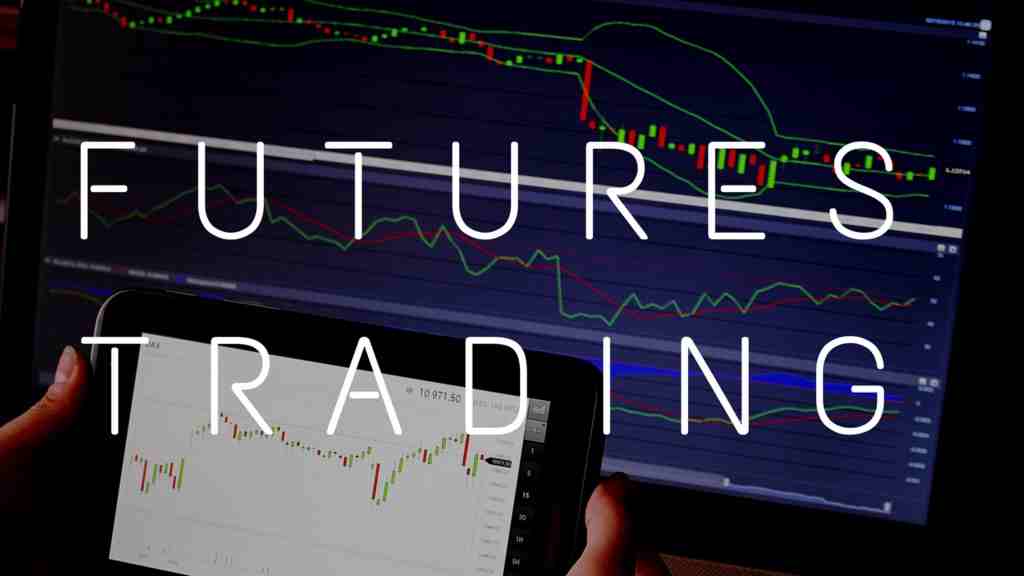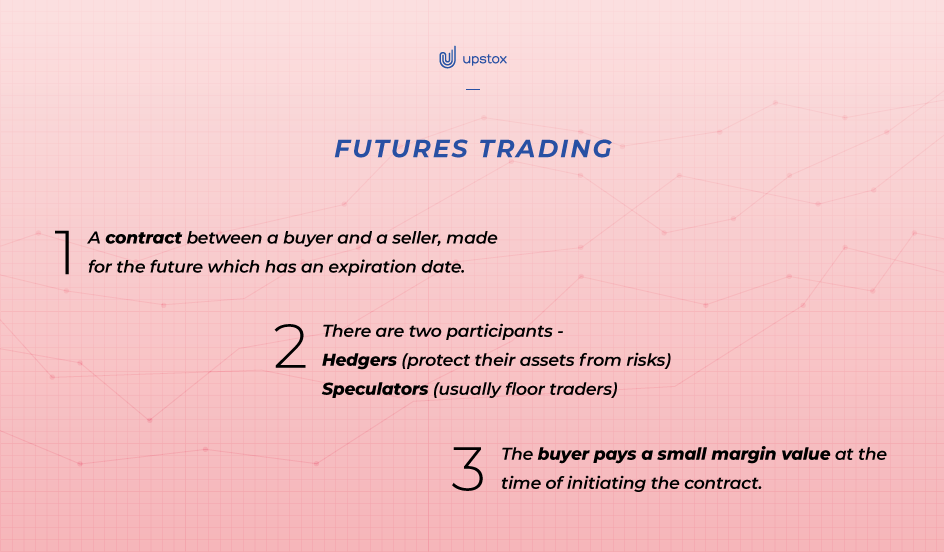A Beginner's Guide to Futures Trading Strategies
A Beginner's Guide to Futures Trading Strategies
Blog Article
Futures trading can often look like a complicated and overwhelming economic venture. However, when approached strategically, it could be a strong software for achieving long-term economic goals. futures trading review, their possible benefits, and how it can be leveraged efficiently for sustainable gains.
What is Futures Trading?
At its primary, futures trading requires contracts to buy or sell a specific advantage at a predetermined value on the next date. These contracts are standardized and dealt on regulated exchanges. Frequent futures markets include commodities like gross gas, gold, and agricultural services and products, in addition to economic instruments like stock indices and currencies.
Futures agreements are special simply because they allow traders to speculate on the purchase price motion of resources without actually buying them. This starts up possibilities for revenue in equally increasing and falling markets.
As an example, if your trader believes gross gas rates increases, they could enter a long position by buying a futures contract. Alternatively, when they estimate prices may drop, they can take a small position by offering a contract.

Benefits of Futures Trading for Long-Term Increases
1. Power and Capital Performance
Among the critical benefits of futures trading is its large leverage. With a small initial profit deposit, traders can get a grip on a much larger position size. That efficient use of money allows investors to perhaps improve returns. However, warning is necessary, as power also magnifies losses.
2. Diversification Possibilities
Futures areas provide usage of a wide range of assets, from commodities to financial instruments. That diversified publicity will help investors hedge against dangers in different regions of their portfolios. Diversification is an important strategy for lowering overall collection volatility on the long term.
3. Hedging Against Industry Risks
Futures are exceptional resources for hedging. Organizations usually utilize them to safeguard against unfavorable industry changes. As an example, a character might use futures contracts to secure in purchase costs for crops, ensuring secure revenue despite changing market conditions. Equally, long-term investors can use futures to harmony chance within their portfolios during uncertain economic periods.
4. Liquidity and Transparency
Futures areas are noted for their high liquidity. This ensures that traders can easily enter and exit positions with little cost impact. Additionally, futures agreements are dealt on managed exchanges, providing visibility and decreased counterparty risks.

Techniques for Long-Term Accomplishment in Futures Trading
While futures trading offers significant options, effective long-term trading needs control and strategy:
Understand Market Traits: Stay updated on market activities and financial indications that impact advantage prices.
Collection Distinct Goals: Establish your economic objectives and produce a disciplined trading approach.
Manage Risks: Employ stop-loss instructions and diversify your portfolio to mitigate risks.
Constant Learning: Futures trading involves a learning curve. Remaining knowledgeable and adapting methods over time is crucial.
Unlocking Long-Term Gets with Futures
Futures trading is not just for short-term speculators. When applied carefully, it can be a powerful tool for reaching long-term economic gains. By leveraging the initial features of futures contracts, such as for example diversification, leveraging money, and hedging risk, investors may build sustainable methods for wealth growth.
Report this page